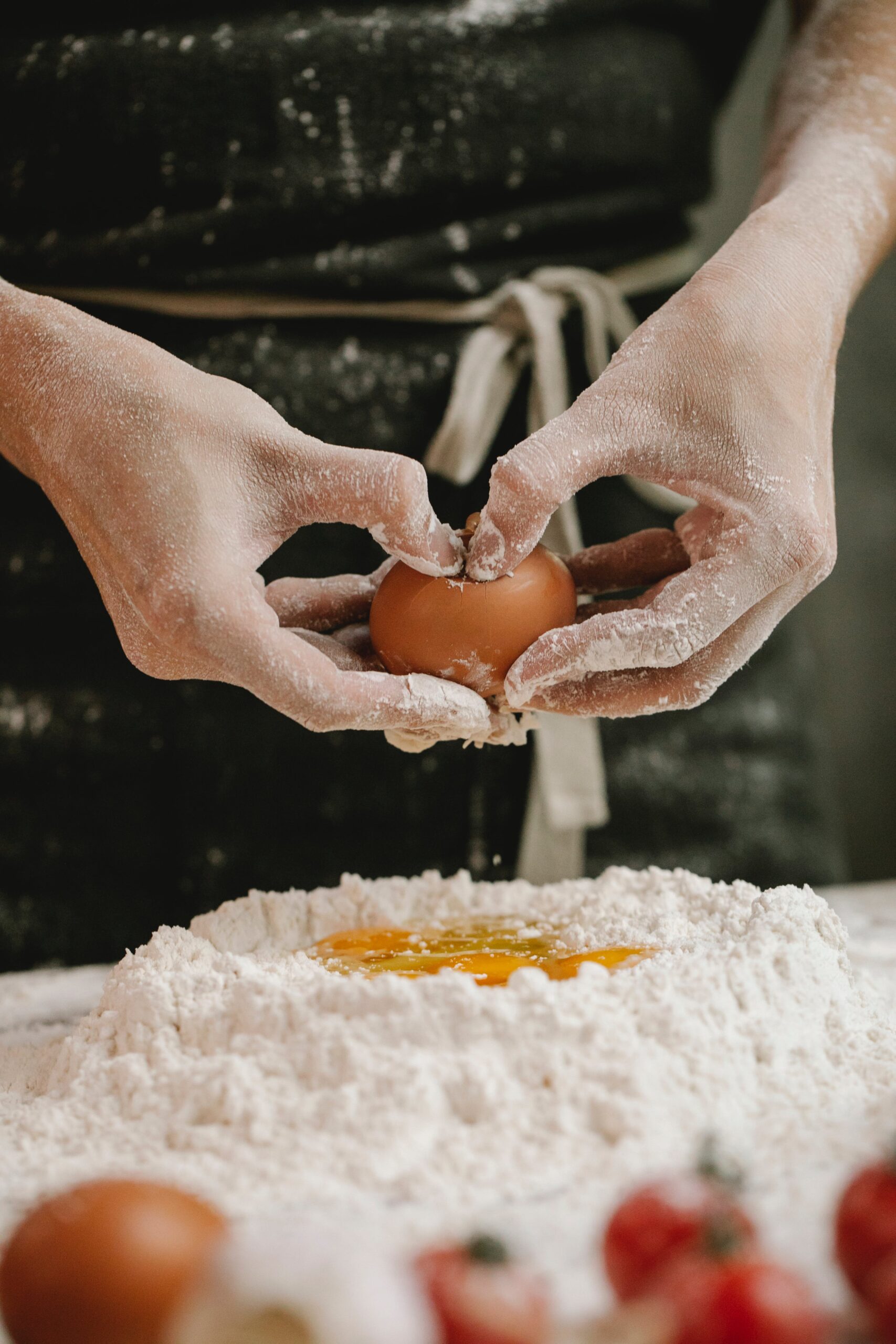Guide to Baby Goat Care: Raising Your Tiny Goat Bosses Like a Pro

There’s nothing quite like the chaos and cuteness of baby goats (also known as kids) bounding around your homestead. They’re little bundles of energy, curiosity, and mischief—all wrapped up in fuzzy adorableness. But as fun as they are, baby goats need a little more than just love and belly rubs to thrive.
If you’re new to the goat game or just want to brush up on your kid-care skills, this guide has everything you need to raise happy, healthy baby goats who will grow into your favourite farm companions (and maybe social media stars).
Let’s jump in.
First Things First: The Arrival
Whether your kids were born on your farm or you’re welcoming bottle babies, the first hours and days are crucial.
- Warm & Dry: New-born kids can’t regulate their body temperature well, so make sure they’re cosy and out of drafts. A heated barn corner or heat lamp (used safely!) can save lives.
- Navel Care: Right after birth, dip their umbilical cords in iodine to prevent infections. It’s a quick, simple step with a big impact.
- Colostrum is King: That first milk your doe produces (colostrum) is packed with antibodies that kickstart your kid’s immune system. Make sure they get it within 12 hours—whether nursing from mom or via bottle. Without it, those tiny bodies are vulnerable.
Feeding Baby Goats: Nursing, Bottle, or Buckets?
Most baby goats nurse from their mamas naturally, but sometimes you need to step in.
- If Nursing: Watch to make sure every kid gets a fair turn and actually latches on. Goats can be bossy moms sometimes!
- Bottle Feeding: If you’re bottle-feeding or fostering, use goat milk or a high-quality milk replacer formulated for kids. Cow’s milk isn’t a great substitute and can cause digestive issues.
- Feeding Schedule: Newborns typically eat every 3–4 hours, then gradually stretch out to twice a day as they grow.
- Introducing Solid Food: Around 2–3 weeks old, kids get curious about hay, grain, and fresh grass. Let them nibble—but don’t ditch the milk too soon. It’s still their main energy source.
Pro tip: Keep bottles and nipples clean to avoid infections, and warm the milk to about goat body temp. Lukewarm milk = happy tummies.
Creating a Safe, Fun Space for Your Kids
Goats are born explorers. They climb, jump, and test their boundaries—sometimes all before their first week is up.
- Kid-Proof Your Barn: Remove sharp objects, cover gaps where tiny legs could get stuck, and make sure the flooring isn’t slippery.
- Soft Bedding: Straw or wood shavings work well for warmth and comfort. Keep it clean and dry to prevent illness.
- Secure Fencing: Kids are sneaky escape artists. Fencing with small gaps and no sharp edges is a must.
- Playtime: Baby goats need stimulation and exercise, so a secure outdoor pen with climbing structures (think sturdy logs, tires, or homemade goat jungle gyms) helps keep them entertained and fit.
Health Checks & Common Kid Concerns
Baby goats are cute but fragile, and health issues can pop up quickly. Keep an eye on:
- Navel Infections: Swelling, redness, or discharge near the belly button? Call the vet ASAP.
- Diarrhea (Scours): Can be caused by diet changes, parasites, or infections. Hydration and vet care are crucial.
- Respiratory Issues: Coughing, nasal discharge, or labored breathing need prompt attention.
- Parasites: Even baby goats can get worms. Talk to your vet about safe deworming schedules.
- Joint Ill: Swollen, painful joints can mean infection—vets can help with antibiotics.
Routine handling and close observation mean you catch issues early and keep your herd thriving.
Socialization & Behavior
Kids learn everything by watching their herd and interacting with you.
- Gentle Handling: Regular, calm contact helps them get used to humans and makes future milking or vet visits easier.
- Herd Dynamics: Kids will test limits with each other—head butting, chasing, and jumping—but this is normal play and social learning.
- Introducing to Adults: Slowly integrate kids with the adult herd once they’re strong enough, watching for any bullying or stress.
Remember: happy goats = happy homestead vibes.
Growing Up Fast: Weaning Your Baby Goats
Most kids are ready to wean around 8–12 weeks, but don’t rush it.
- Gradual Process: Slowly reduce milk feedings as they eat more hay and grain.
- Balanced Diet: Provide high-quality hay, clean water, and a kid-specific grain mix.
- Monitor Weight: Growing goats should maintain steady weight gain—too fast or too slow could signal problems.
Weaning is a big transition, so patience and good nutrition make all the difference.
Fun Facts to Impress Your Friends
- Baby goats can stand and walk within minutes of birth. Tiny but tough!
- They have amazing balance and love to climb anything they can find. Chairs, hay bales, you name it.
- Kids are social butterflies and actually form lifelong friendships within the herd.
- Bottle-fed kids tend to be extra affectionate and might follow you around like a puppy.
Final Thoughts: Baby Goats Are Work, But So Worth It
Raising baby goats is a rollercoaster of sleepless nights, poop cleanups, and endless entertainment. You’ll learn fast, laugh often, and get pretty attached to those little faces.
With the right care, nutrition, and plenty of TLC, your kids will grow into strong, healthy goats ready to take on your homestead (and your heart).
Got questions or want to swap baby goat stories? Hit me up—I’m here for all the fuzzy chaos and goat love.

Leave a Reply